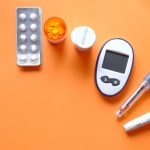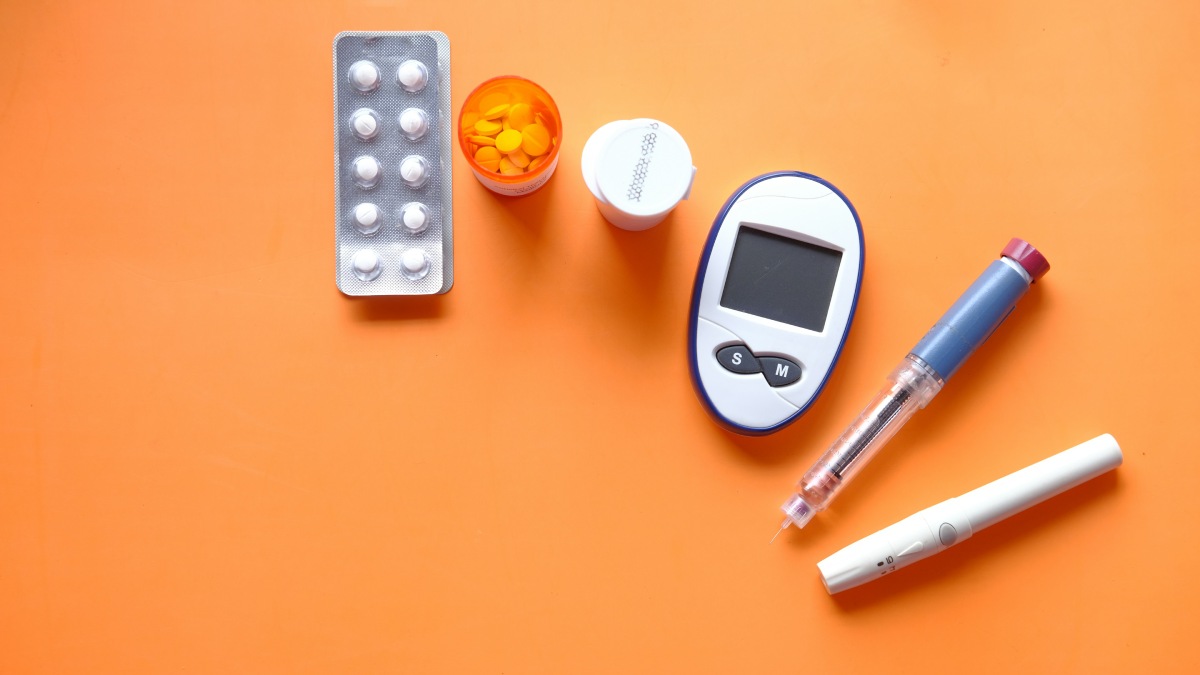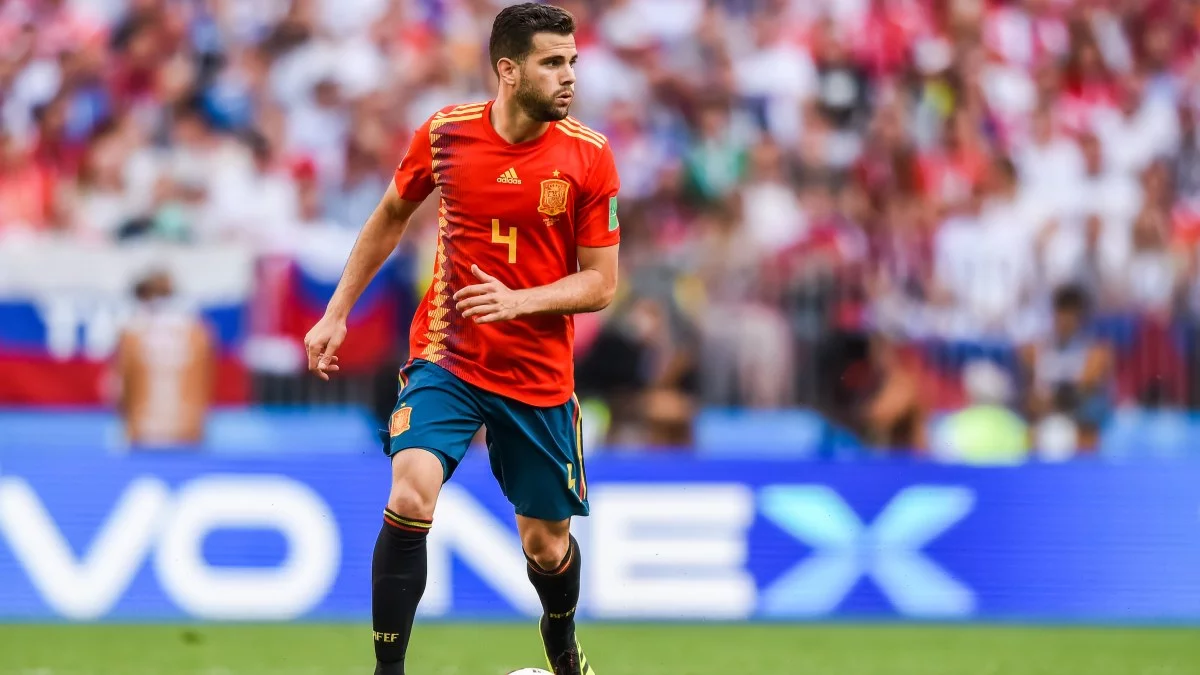
Nacho Fernández, a player for Real Madrid and the Spanish Soccer Team, where he will start at Euro 2024, was diagnosed with type 1 diabetes at the age of 12. “It was Friday and we were going to a tournament. I remember that I peed a lot and drank a lot of water,” He thus remembers the moment when they took him to the hospital because something was not right with his body.
Diagnosis of diabetes “It was one of the worst things that could have happened to me in life because they told me I had to quit football when I was 12.” However, days later his endocrinologist turned the situation around, telling him that this disease is not an impediment to sports.
Diabetes is a disease characterized by increased blood glucose levels (hyperglycemia). In the case of type 1 diabetes, This occurs as a result of the decrease in the formation of the hormone called insulin. by the beta cells of the pancreas.
Most cases of type 1 diabetes have a autoimmune origin, and the immune system It mistakenly attacks and destroys beta cells. As Insulin is necessary for life, in these patients they must replace it through an injection or an insulin pump.
Some children or adolescents are forced to give up their favorite sport because they are unable to regulate their blood sugar levels when exercising. “One of the main reasons for this decision is the appearance of hyperglycemia, but especially hypoglycemia”says Jorge del Pino, a nurse and basketball player, “this happens largely because the relevant measures are not applied, such as modifying insulin doses or increasing carbohydrate intake, which could reduce the appearance of these episodes.”
“We have cases of diabetic athletes who compete at the highest level and it is no impediment if they follow their treatment regularly.”, he explains to CuídatePlus, José María Bueno Padilla, from the Sanitas-Real Madrid Medical Services.
It cannot be considered a contraindication for sports practice, quite the opposite; the benefits that this practice brings to these patients with diabetes have been demonstrated, mainly the improvement of insulin resistance among other factors.” In amateur athletes who are diabetic, “We will also have to individualize each case and make recommendations, combining aerobic exercise and strength sessions with a certain weekly frequency,” points out. In fact, “It has been related that people with type 1 diabetes who regularly carry out physical activities with moderate or high intensity show a lower risk of developing future complications of the disease such as nephropathy or retinopathy,” reports Del Pino.
In Nacho’s case, having this chronic disease has “made to mature, be more responsible and take better care of oneself”, he says, something that is key to playing at a high level.

How heat negatively affects diabetes
Christian Leyva Prado, member of the Internal Medicine service, warns of the risks of heat for diabetic people and that, “heat has a direct effect on the risk of suffering from hypoglycemia and dehydration, which is why the recommendation of shade and permanent hydration is the most practical advice for controlling the disease.” His advice is to avoid, as far as possible, “prolonged exposure to the sun and hours of extreme heat, and constantly monitoring hydration.”
How to achieve high performance
Depending on the type of physical activity performed, It is necessary to make adjustments in diet and insulin administration in order to avoid glucose decompensations.”highlights Alberto Aliagaspecialist in Endocrinology and Nutrition of the Quirónsalud Sacred Heart Hospital.
On the other hand, scientific societies advise carrying out a medical check-up prior to practicing sports in diabetics who wish to perform a sport of demanding intensity or those who are considered at-risk diabetics. The objective of this check, informs María Luisa de Mingo, specialist in endocrinology and nutrition at Hospital La Luz, is “to identify diseases or complications that may appear or worsen with exercise, plan the exercise to be performed and prevent musculoskeletal injuries.”
One of the basic aspects to be able to correctly adapt the treatment is “to know more about how each type of physical activity affects blood sugar levels.” In general terms, Del Pino reports“Anaerobic or strength exercises tend to increase blood sugar, especially when the intensity is very high, while aerobic exercises (running, swimming, cycling, among others) tend to produce a decrease in blood glucose (the longer the duration, the greater the hypoglycemic effect).”
There are also mixed exercises such as football.“which have greater variability in terms of glycemic response when combining the two types (aerobic and strength).”
It should be noted that intensity is one of the relevant factors in the glycemic response, since “the greater the intensity, the greater the amount of glucose consumed,” reports the nurse. Besides, “When carrying out a high-intensity activity, energy expenditure increases significantly.which causes the production of a series of hormones called “counterregulators” (glucagon, cortisol, catecholamines…) to be activated. that act on the liver, causing it to release the glucose it stores inside and begin to produce more of it.” For this reason, “The high intensity of certain exercises (strength or anaerobic) activates the body’s compensatory mechanisms.” increasing blood glucose through the participation of the liver, thus causing the appearance of hyperglycemia.”
Another determining factor is the duration. “The longer the duration, the greater the total amount of glucose consumed (it is estimated that After 60-90 minutes there is a greater probability of hypoglycemia, “Since, after 60 minutes of activity, both the glycogen reserves of the muscles and the liver are depleted) and, finally, we have the frequency with which the exercise is performed.”
All this must be taken into account to achieve the best performance of the athlete.
Nutritional advice for diabetes
Regarding nutritional advice for athletes with diabetes, De Mingo recommends:
- Make a nutrient distribution of 45-65% carbohydrates, 20-35% fats and 10-35% proteins.
- Before practicing exercise, capillary blood glucose should be checked and if it is less than 100 mg/dl, a carbohydrate supplement should be taken if one is taking insulin or secretagogues.
- During physical activity, adequate hydration is required. For exercises lasting less than 1 hour, water should be consumed, and for exercises lasting longer, liquids should be consumed that provide 30-60 grams of carbohydrates.
- After exercise, carbohydrates should be replaced, preferably with those with a low glycemic index.

